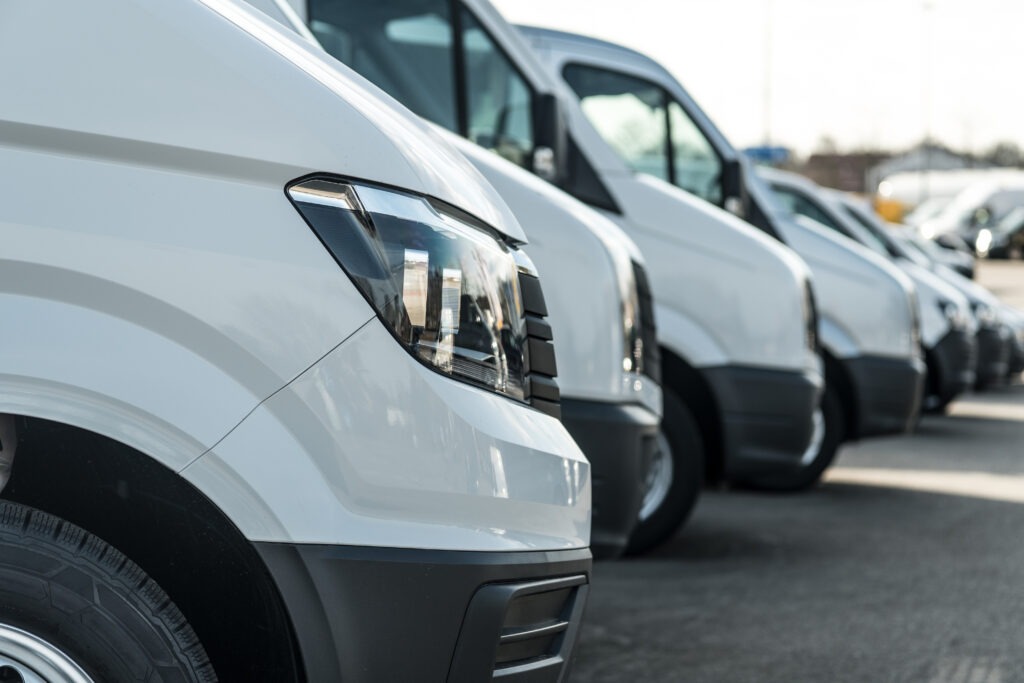How are growing used-car markets in Europe affecting the wider industry?
24 May 2024

As used-car transactions in Europe improve, how does this affect the battery-electric vehicle (BEV) market, and impact car parc ages? Autovista24 editor Tom Geggus and special content editor Phil Curry discuss the numbers.
For the first time since 2021, all five of Europe’s biggest automotive markets saw used-car sales growth in the first quarter of the year. But while this is a positive step forward, it raises questions regarding certain areas of their overall market performances.
Subscribe to the Autovista24 podcast and listen to previous episodes on Spotify on Apple, Google and Amazon Music.
Show notes
Positive start to 2024 for major European used-car markets
Monthly Market Update: BEV residual values suffer across Europe in April
Used-car transactions on the rise
While Germany, Italy, Spain and the UK increased transactions last year, France was the outlier, only seeing positive figures in the second half of 2023, which were not enough to move the market out of an annual decline.
The French market started 2024 with the lowest growth, impacted by the early easter at the end of March. The country saw positive performance in January and February, to end the quarter with a 1.9% year-on-year improvement.
Vehicles adhering to France’s CritAir 0 label, made up of BEVs and other zero-emission models, helped to drive growth across the first three months. CritAir 1 models, including plug-in hybrids (PHEVs), and petrol cars conforming to Euro 5 and Euro 6 Standards, drove volume.
An ageing problem
Spain saw used-car transactions increase by 2.7% in the first three months of the year, with January alone seeing a 17% improvement. The country was another to struggle in March, but earlier performances helped to balance out its result.
However, models aged 15 years and over made up 40% of all used-car transactions in the quarter, with sales increasing 6.4% compared to the same period last year. This is an issue for the country, which has the oldest car parc average age in western Europe, at 13.9 years.
For the country to reduce this age, and ensure its fleet is made up of cleaner, less polluting models, it needs supplies of younger used cars to start appearing in dealerships. There was some hope of this beginning in the first quarter, as models up to five years old made up 26.4% of the market.
Outpacing the new-car market
Both the Italian and German markets also recorded transaction growth in the first quarter, although both suffered declines in March.
For Italy, used-car sales were up by 8.5% across the first three months of the year. This meant that the market outpaced new-car registrations, which improved by 5.7% in the same period.
Germany too saw its used-car market outperform new-car deliveries. The country saw a rise of 7.9% in older-vehicle transactions between January and March, while registrations of new models were up 4.2%.
This suggests that in both Italy and Germany, buyers are looking to the used-car market more often when they seek to exchange their cars. This may be due to cost, model availability, or the requirements of the buyer.
UK bucks the trend
The UK’s used-car market was the only one of the big five to see increases across each of the first three months in 2024. Its transactions rose by 6.5% in the period.
Internal-combustion engine (ICE) models still have a strong hold in the region, with 92.9% of transactions featuring a petrol or diesel model. BEVs saw transactions improve by 58.1% according to Autovista24 analysis, to hold 2.4% of the market. This is lower than the PHEV share, which sat at 3.3% at the end of the first quarter.
Balancing the BEV market
The used-car market is important to the BEV sector in four of the five big European automotive markets.
In France, incentives have changed, with imported models no longer eligible for subsidies. This means popular BEVs, such as the Tesla Model 3, Dacia Spring and MG4 do not qualify for purchase grants. Buyers interested in these models may, therefore, look to the used-car sector to pick up a cheaper version of these models.
In Germany, incentives ended in December 2023 for all BEVs. Buyers who want to take advantage of zero-emission motoring may, therefore, be seeking options in the used-car market, with plenty of cheaper vehicles available.
Both Spain and Italy are struggling to entice buyers into new BEVs, with their new-car market shares remaining low. The used-car sector may be able to help increase the number of drivers trying battery-electric technology.
However, the UK is in a different position. With the zero-emission vehicle (ZEV) mandate requiring 22% of new-car sales this year to be from models that emit no emissions, carmakers would rather see drivers buy new, rather than used. This has led some to offer discounts on new BEVs, which may detract buyers from the used-car market.



